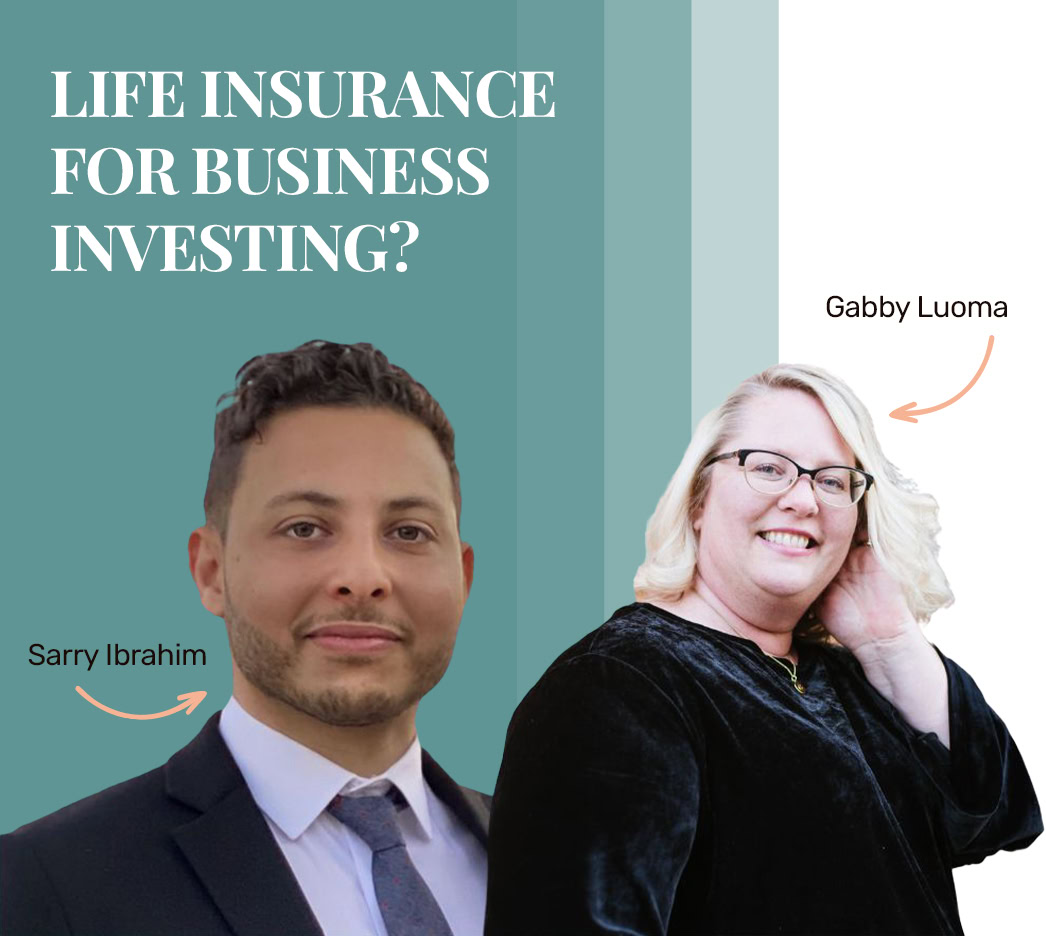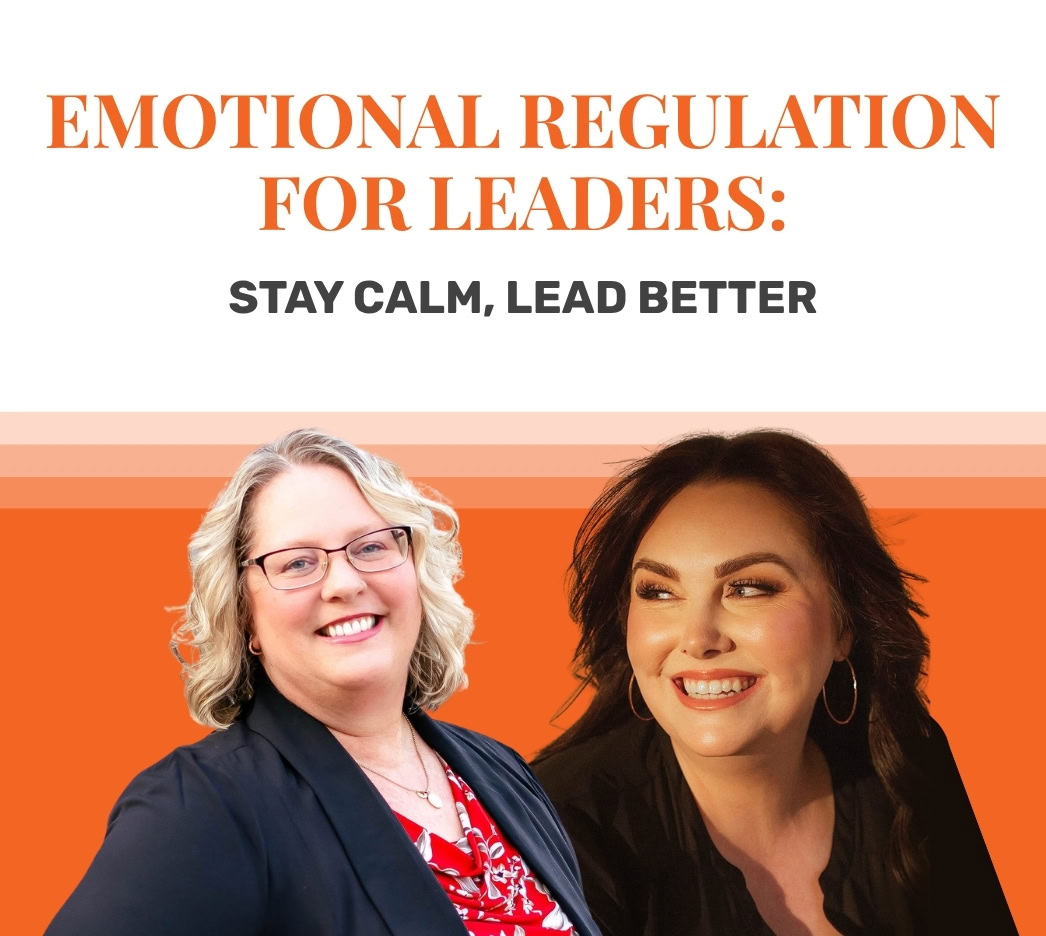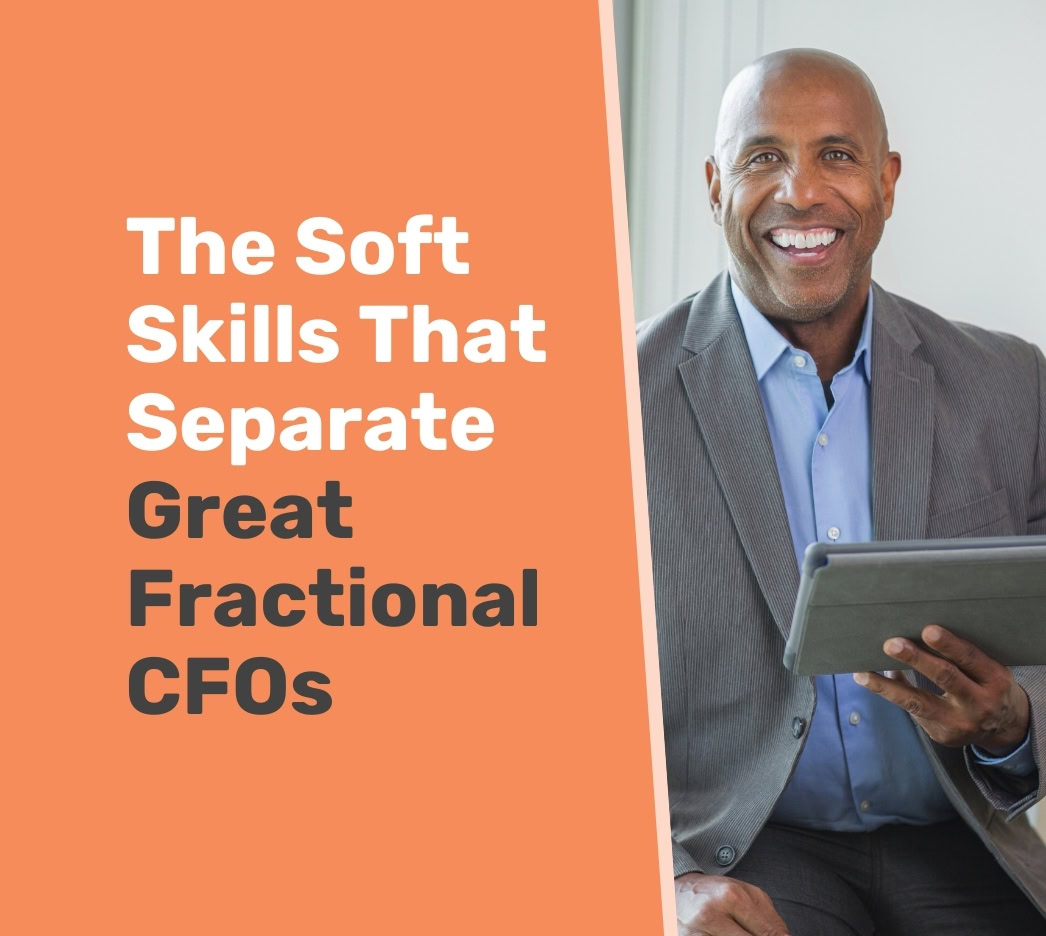
The Infinite Banking Concept: How Entrepreneurs Can Reinvest in Their Business Using Life Insurance
March 26, 2025
When business owners think about financial planning, their minds often go to traditional investment vehicles like stocks, bonds, and mutual funds. However, there’s another strategy that allows entrepreneurs to build wealth while maintaining financial flexibility: the Bank on Yourself concept, also known as Infinite Banking. This approach leverages whole life insurance to create a self-financing system that provides liquidity, tax advantages, and long-term financial security.
Sarry Ibrahim, a financial advisor and founder of Financial Asset Protection, joined the MOD Ventures Entrepreneurship Uncovered with Sarry Ibrahim to discuss how business owners can use this strategy to their advantage.
What Is Infinite Banking?
At its core, the Infinite Banking Concept allows business owners to use a specially designed whole life insurance policy to finance their own investments, rather than relying on banks or lenders. The strategy was popularized by Nelson Nash in his book Becoming Your Own Bankerand has been adapted to suit modern entrepreneurs’ needs.
“One of the biggest challenges business owners face is the cost of borrowing money,” says Ibrahim. “With Infinite Banking, you’re essentially creating a personal financing system that allows you to borrow against your policy’s cash value instead of taking out loans from a bank.”
Because these loans are structured within a life insurance policy, they don’t appear on credit reports, don’t require traditional underwriting, and have no mandatory repayment schedule. Business owners can access funds when needed while continuing to earn compounded, tax-free growth on their cash value.
Who Can Benefit from This Strategy?
Unlike some financial strategies that require a high net worth to implement, Infinite Banking is highly adaptable. “You can start with as little as $200 or $300 a month,” Ibrahim explains. “It’s not just for large corporations or high-income individuals. Even small businesses generating around $100,000 in revenue can benefit.”
Because the strategy is based on consistent cash flow and leverage, businesses that handle frequent transactions—such as medical practices, manufacturing companies, or professional service firms—may see the greatest advantage. “Industries with daily revenue cycles can use this system to continuously reinvest while maintaining liquidity,” says Ibrahim.
Why Consider Whole Life Insurance Over Term Life Insurance?
Many business owners are familiar with term life insurance, which provides coverage for a set number of years at a lower cost. However, term policies have no cash value and expire if the policyholder outlives the term. Whole life insurance, on the other hand, builds cash value over time, providing both death benefits and a tax-advantaged savings vehicle.
“Yes, whole life insurance can be more expensive upfront,” acknowledges Ibrahim. “But when structured correctly, the cash value grows over time and can be accessed while you’re still alive. Unlike term insurance, you’re not just paying premiums without getting anything back.”
Key Advantages of Infinite Banking for Business Owners
- Tax-Free Growth and Withdrawals – Whole life policies structured under this concept allow for tax-free growth and tax-free loans.
- Liquidity Without Credit Risk – Borrowing against the policy does not affect credit scores or require bank approvals.
- Control Over Financing – Policyholders can dictate their own loan repayment schedule.
- Asset Protection – In many states, cash value in a life insurance policy is protected from creditors.
- Estate Planning Benefits – The policy’s death benefit provides a tax-free legacy to heirs.
The Long-Term Approach: Thinking Beyond Immediate Needs
Ibrahim emphasizes that this is a long-term financial strategy, not a quick fix. “This is about planting seeds for future financial stability,” he says. “If you’re constantly looking for short-term financial solutions, you might miss out on the compounding benefits this approach provides.”
Business owners who are planning for succession, future acquisitions, or major capital investments may find this strategy particularly useful. Instead of relying on external lenders, they can use their own policies to fund expansion, buy out partners, or finance retirement goals.
This interview was originally broadcast on the MOD Ventures podcast. Watch the full episode here and subscribe to be alerted when a new episode of the podcast is released.
If you’re ready to start making smarter, more confident decisions for your business, reach out to the Mod Ventures team today for a consultation.The right support and resources can turn data into your business’s most valuable asset.
You May Also Love
CLOSE





